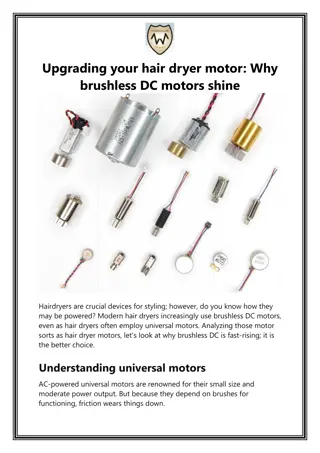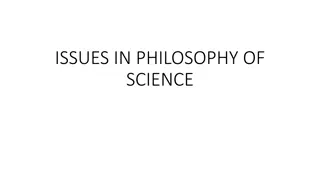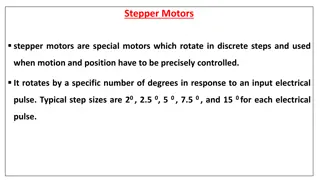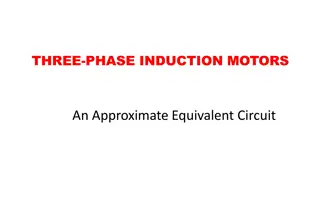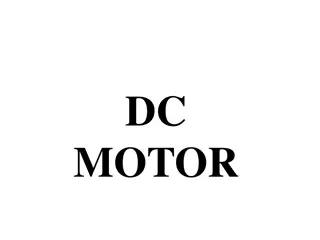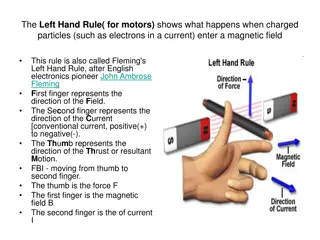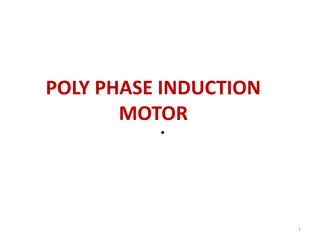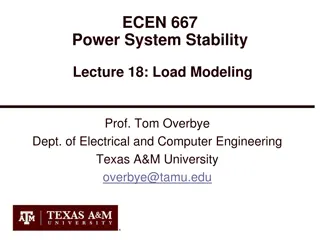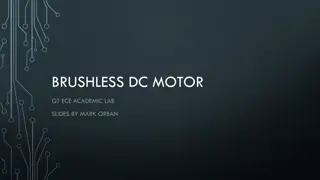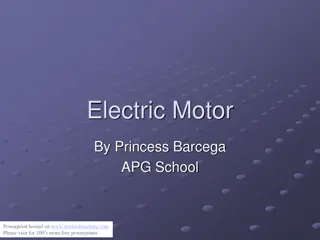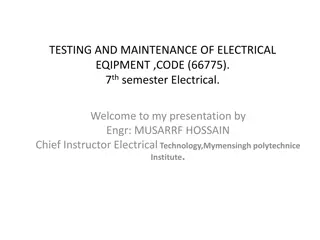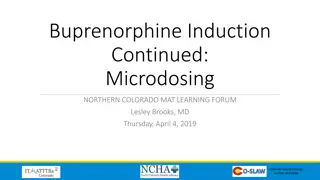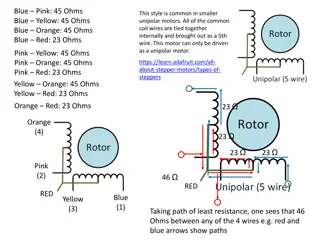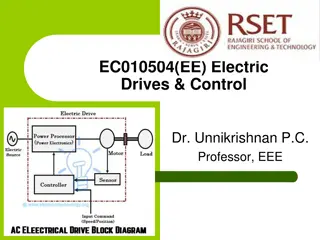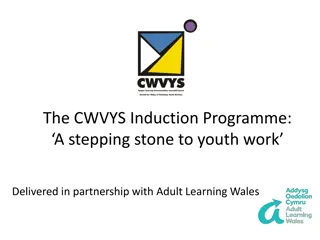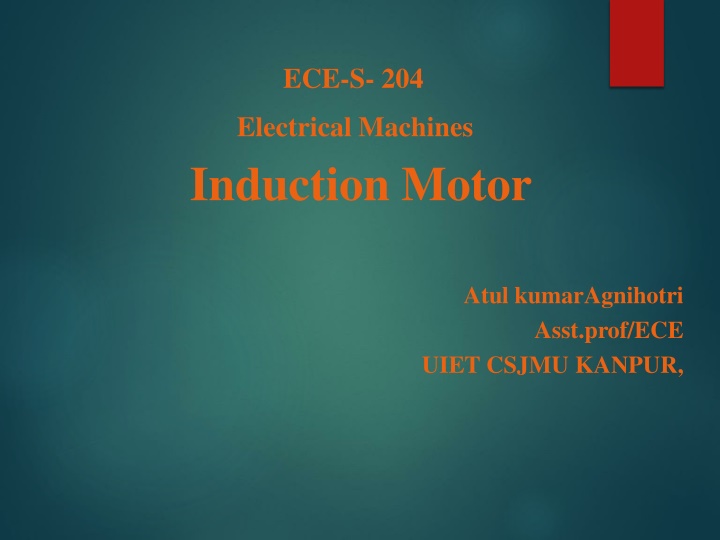
Essentials of Induction Motors: Operation, Advantages, and Applications
Explore the fundamentals of induction motors, including their operation principles, advantages, and applications in various industries. Learn why these motors are widely used due to their robustness, cost-effectiveness, and ease of maintenance, making them essential components in modern electrical systems.
Download Presentation

Please find below an Image/Link to download the presentation.
The content on the website is provided AS IS for your information and personal use only. It may not be sold, licensed, or shared on other websites without obtaining consent from the author. If you encounter any issues during the download, it is possible that the publisher has removed the file from their server.
You are allowed to download the files provided on this website for personal or commercial use, subject to the condition that they are used lawfully. All files are the property of their respective owners.
The content on the website is provided AS IS for your information and personal use only. It may not be sold, licensed, or shared on other websites without obtaining consent from the author.
E N D
Presentation Transcript
ECE-S- 204 Electrical Machines Induction Motor Atul kumarAgnihotri Asst.prof/ECE UIET CSJMU KANPUR,
Content Introduction Why induction motor (IM)? Classification ofMotor Rotating MagneticField Principle ofoperation Induction motor speed Induction Motors andTransformers Disadvantages References
Introduction Three-phase induction motors are the most common and frequently encountered machines in industry simple design, rugged, low-price, easymaintenance wide range of power ratings: fractional horsepower to 10 MW run essentially as con si ntadnu ctt isopnemedo tforrom no-load to fullload Its speed depends on the frequency of the power source not easy to have variable speed control requires a variable-frequency power-electronic drive for optimal speed control
Why induction motor (IM)? Robust; No brushes. No contacts on rotor shaft High Power/Weight ratio compared to Dc motor Lower Cost/Power Easy to manufacture Almost maintenance-free, except for bearing and other mechanical parts
Rotating MagneticField Balanced three phase windings, i.e. mechanically displaced 120 degrees form each other, fed by balanced three phase source A rotating magnetic field with constant magnitude is produced, rotating with a speed Where fe is then susypnpclyrequencyand P is the no. of poles andn synccalledthe synchronous speed in rpm (revolutions per minute)
Synchronousspeed P 50 Hz 60 Hz 2 3000 3600 4 1500 1800 6 1000 1200 8 750 900 10 600 720 12 500 600
Rotating Magnetic Field
Rotating MagneticField Bnet(t) = Ba(t)+ Bb(t)+ Bc(t) = BMsin( t) 0 + BMsin( t 120 ) 120 + BMsin( t 240) 240 = BMsin( t)x 3B [0.5B sin( t 120 )]x [ sin( t 120 )]y M M 2 3B [0.5B sin( t 240 )]x +[ sin( t 240 )]y M M 2
Rotating MagneticField 3B 3B B (t) =[B sin( t) +1B sin( t)+ cos( t) +1B sin( t) cos( t)]x net M M M M M 4 4 4 4 3B 3B sin( t) 3B cos( t)+ sin( t) 3B cos( t)]y +[ M M M M 4 4 4 4 = [1.5BM sin( t)]x [1.5BMcos( t)]y
Rotating Magnetic Field
Principle ofoperation This rotating magnetic field cuts the rotor windings and produces an induced voltage in the rotor windings Due to the fact that the rotor windings are short circuited, for both squirrel cage and wound-rotor, and induced current flows in the rotor windings The rotor current produces another magneticfield A torque is produced as a result of the interaction of those two magneticfields ind= kBR Bs Where ind is the induced torque and BR and BS are the magnetic flux densities of the rotor and the stator respectively
Induction motorspeed At what speed will the IMrun? Can the IM run at the synchronous speed,why? If rotor runs at the synchronous speed, which is the same speed of the rotating magnetic field, then the rotor will appear stationary to the rotating magnetic field and the rotating magnetic field will not cut the rotor. So, no induced current will flow in the rotor and no rotor magnetic flux will be produced so no torque is generated and the rotor speed will fall below the synchronousspeed When the speed falls, the rotating magnetic field will cut the rotor windings and a torque is produced
Induction motorspeed So, the IM will always run at a speed lower than the synchronousspeed The difference between the motor speed and the synchronous speed is called the Slip nslip= nsync nm Where nslip= slipspeed nsync= speed of the magnetic field nm= mechanical shaft speed of themotor
The Slip s =nsync nm nsync Notice that : if the rotor runs at synchronous speed Where s is the slip s = 0 if the rotor is stationary s = 1 Slip may be expressed as a percentage by multiplying the above eq. by 100, notice that the slip is a ratio and doesn t haveunits
Induction Motors and Transformers Both IM and transformer works on the principle of induced voltage Transformer: voltage applied to the primary windings produce an induced voltage in the secondary windings Induction motor: voltage applied to the stator windings produce an induced voltage in the rotor windings The difference is that, in the case of the induction motor, the secondary windings canmove Due to the rotation of the rotor (the secondary winding of the IM), the induced voltage in it does not have the same frequency of the stator (the primary) voltage
Disadvantages Essentially a fixed-speed machine Speed is determined by the supply frequency To vary its speed need a variable frequencysupply




